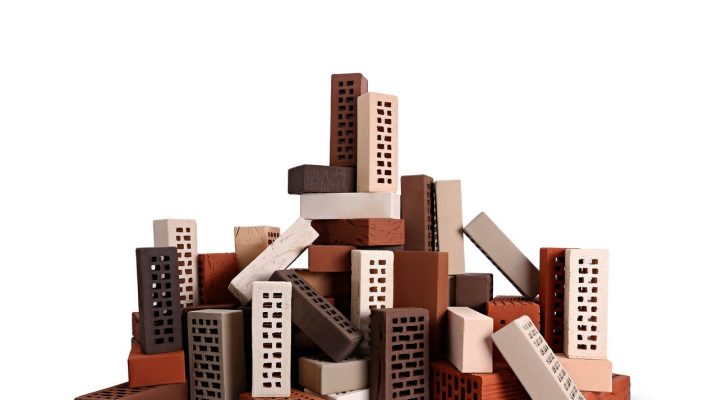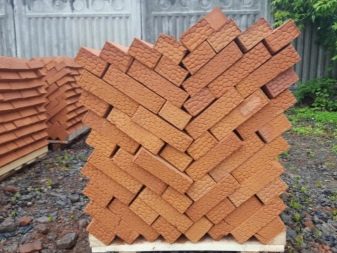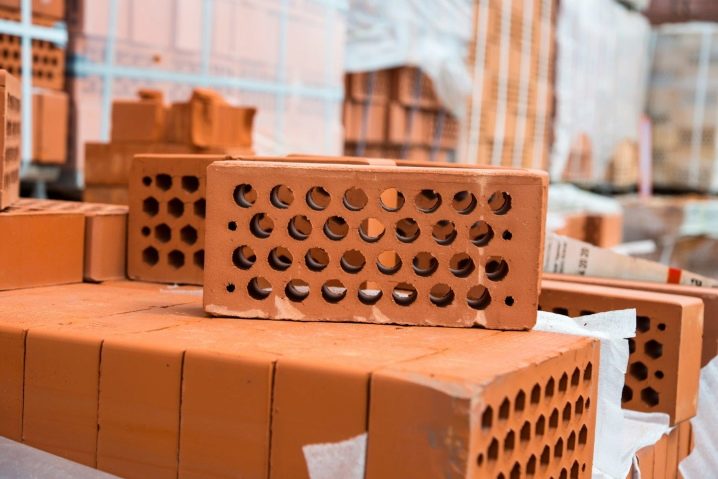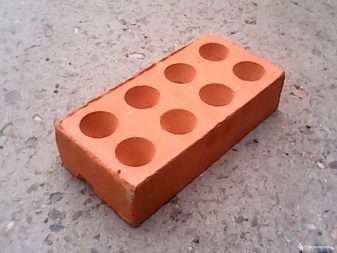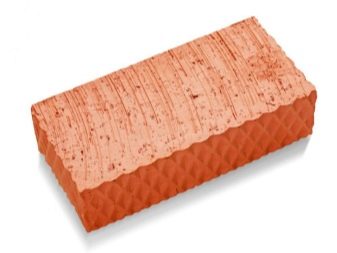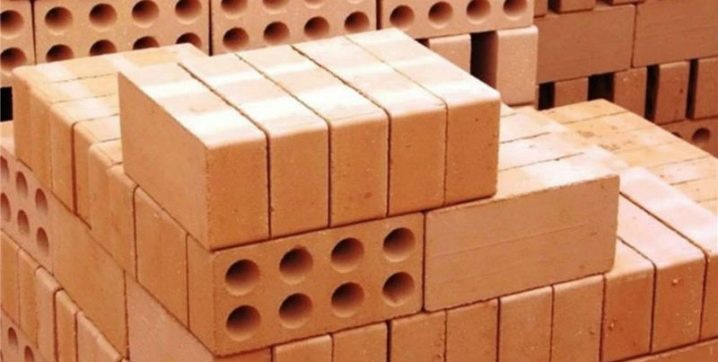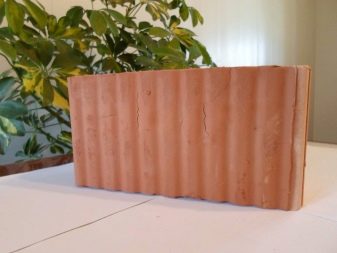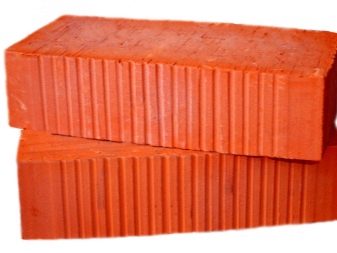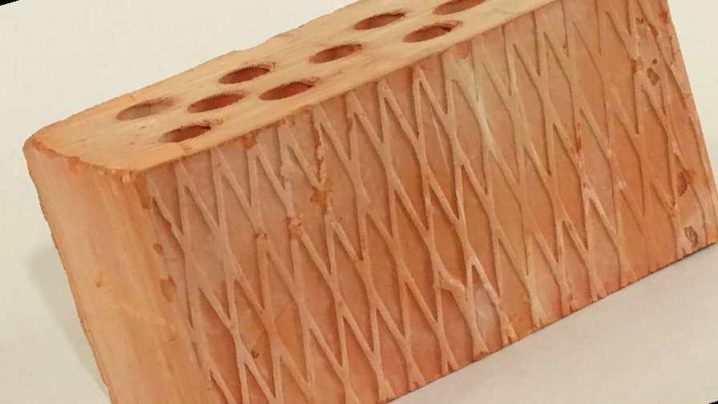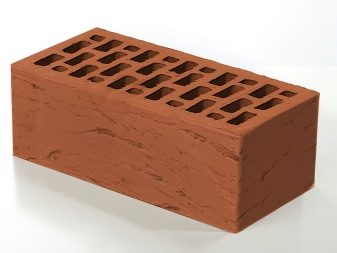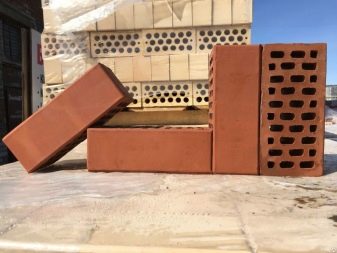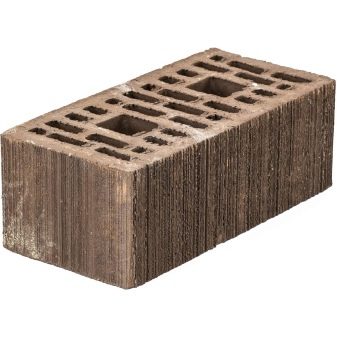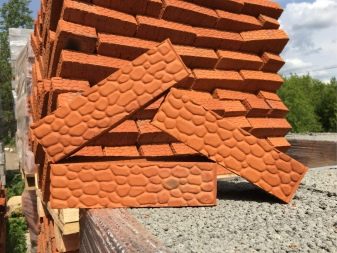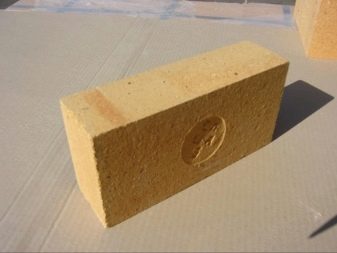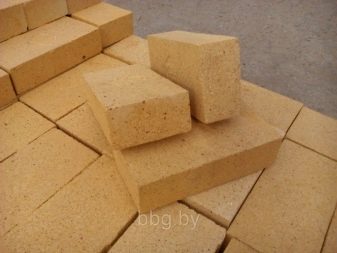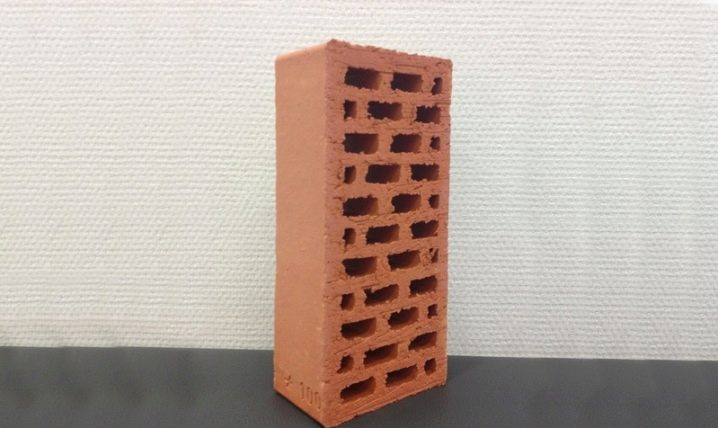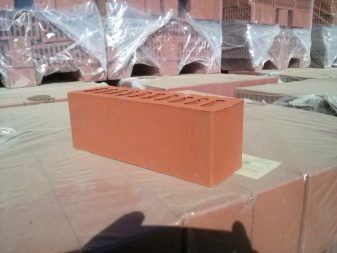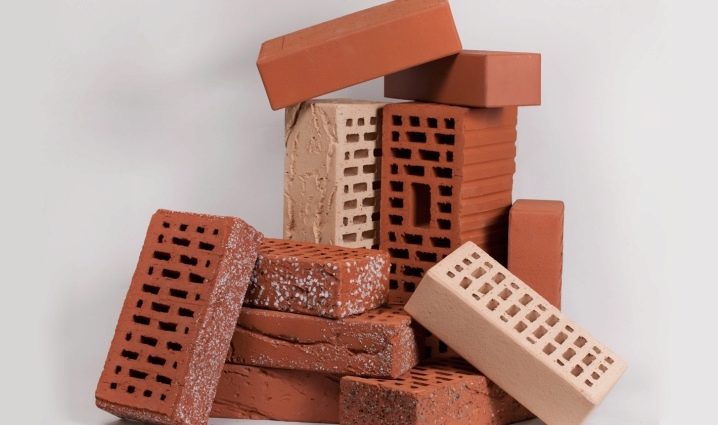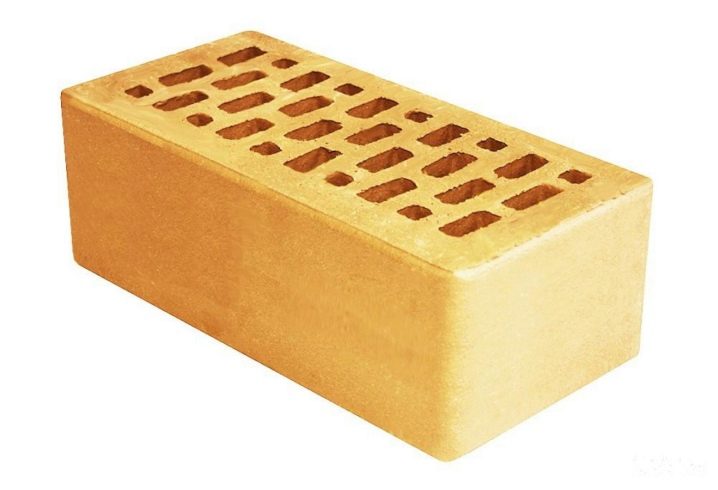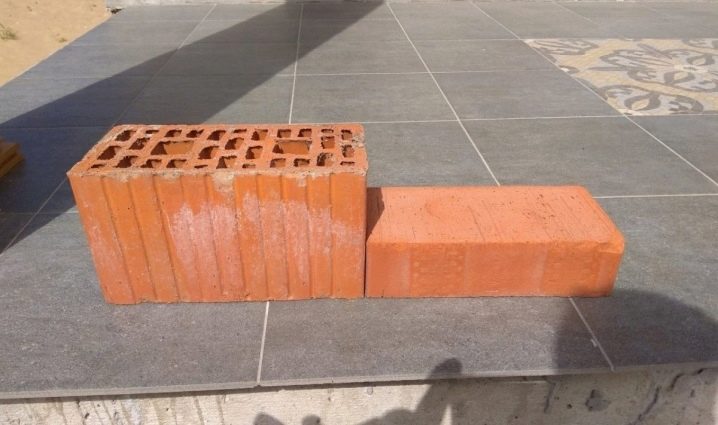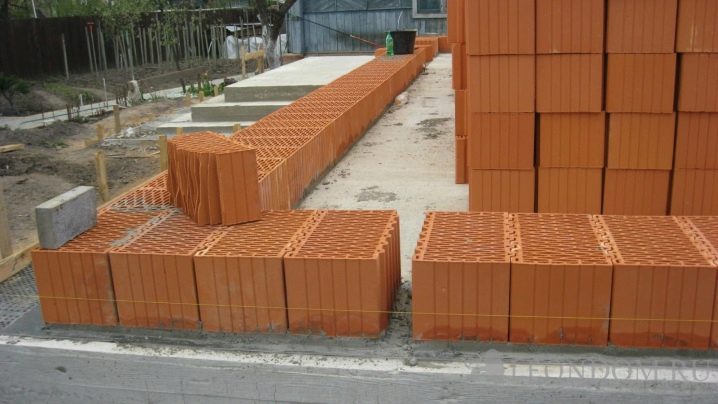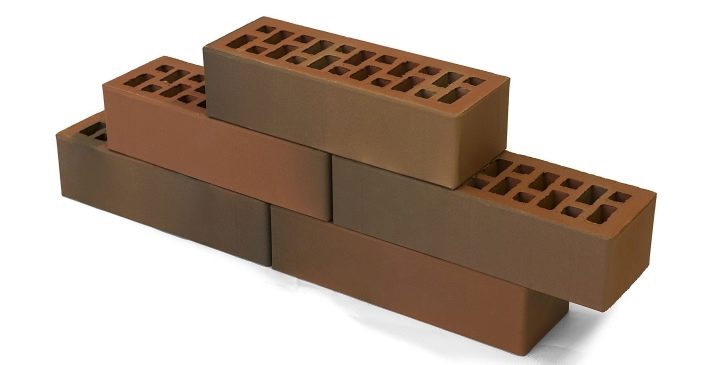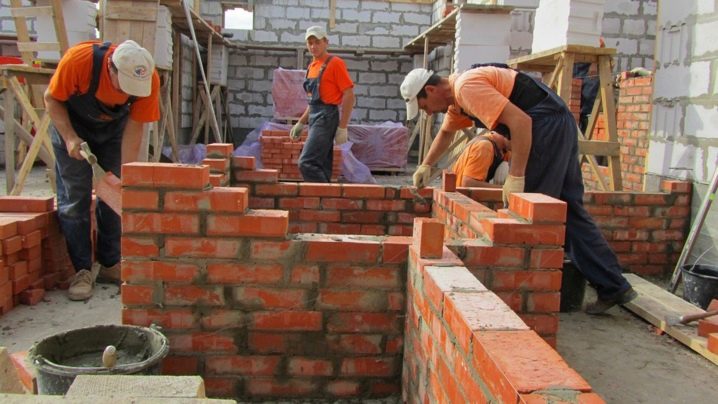Brick dimensions
To build a house, you can not do without bricks. It began to use decades ago. During this time, many types of this material appeared, the dimensions of which were standardized. The choice of standard sizes of facing bricks is based on construction experience and material production technology.
The sizes of import bricks differ from Russian. In our country there is a special GOST, which establishes certain parameters.
Varieties and brands
For different areas of construction used a different brick. It is divided into several groups, which differ in their technological characteristics, as well as the material of manufacture.
Zabutovochny
The basis of ceramic zabutovochnogo products is ordinary clay.Material processing is performed by semi-dry pressing. This type of brick received the second name - ordinary. It is characterized by high strength and low cost.
Ceramic zabutovochnye products have several positive qualities:
- strength;
- fire safety;
- frost resistance;
- long period of operation.
These products are distinguished by their shape:
- corpulent;
- hollow
In solid brick, there are no voids; only 13% of the total volume is lowered. The material has a high thermal conductivity.
When building a residential building from such a brick, special masonry mortars are prepared, additional insulation is being laid.
"Loaf"
Differs in its appearance, on which the formation of various defects:
- rough surface;
- chipped;
- oblique faces.
Thanks to the relief pattern, the “loaf” perfectly adheres to the concrete.
The main advantages of this type of brick are:
- high density;
- not afraid of mechanical effects;
- meets modern environmental requirements;
- does not lose its properties during temperature drops.
Hollow
Among the numerous advantages of such a brick, the most notable are:
- thermal conductivity is much less than a similar full-bodied block;
- creates excellent sound insulation;
- low density;
- small weight;
- profitability.
Burnt
The current GOST does not recommend using burned brick during construction, as its heat treatment was done incorrectly. In principle, burnt material can be called a marriage. Such a brick is distinguished by its melted appearance, dark shade, violation of geometry. The product has a high density, perfectly conducts heat.
Since its manufacture has violated the technology, the material is fragile and with a short lifetime. He is afraid of moisture, unstable at sub-zero temperatures.
M100
One square centimeter of this material can freely withstand a pressure of 100 kg. The density of bricks is in direct proportion to the material of manufacture.
A brick has several subgroups:
- ceramic;
- one and a half;
- hyper pressed;
- single;
- full-bodied;
- hollow.
M150
The unit withstands a pressure of 150 kg. The material is used for the construction of any buildings.
Basically, residential and utility rooms are built from it.
SB-5
Refractory brick, which was developed for the construction of buildings, where there is a constant high temperature (for example, a furnace).
For individual construction mainly use direct SB. From it lay the casing of the furnaces, in which the temperature may exceed 1400 degrees.
Technical specifications of the product comply with the requirements of GOST 390 - 96.
1-nf
This is a single brick with a standard format. The material is produced in different strengths. The popular brands of this variety are M100 and M200.
Thickened
The material differs from its peers in its height. It is more by 13 mm. The difference in size does not affect its application.
This brick has no fundamental differences from others, therefore it is used for various construction purposes, especially when erecting facade walls.
Facial
Such bricks are used to finish the facade of walls made of any material. If necessary, they are covered with an additional insulating layer.
The advantages of facing decorative bricks include:
- strength;
- environmental friendliness;
- durability;
- various texture.
Clay
This product was used hundreds of years ago. However, even today, an artificially made clay block has not lost its relevance. The various forms, the mass of various shades make it possible to create architectural masterpieces. This environmentally friendly material remains the most popular and popular among the population.
High strength allowed to lay out the external walls of clay blocks, which plaster and then revet. To create a beautiful design on the surface is a geometric pattern that strengthens the hitch.
The disadvantage of the clay product is low frost resistance, as well as the inability to work at high humidity.
Yellow
Differs from analogs in yellow tint. The composition of the brick includes:
- limestone;
- cement;
- iron oxide.
A mixture of these elements gives the brick a yellow tint. The product belongs to the silicate group. These blocks are mainly used for the construction of large yellow buildings. For the production of clinker products used clay, which never melts. It turns out the building material is bright yellow.This refractory material is widely used in the construction of country houses, as it is highly frost resistant. Fireclay bricks have a rough surface, yellow color and various shapes.
Options
Russian legislation has established a special standard for the technological characteristics and overall dimensions of blocks of various types.
Single brick
Must have dimensions:
- length - 250 mm;
- width - 120 mm;
- height - 65 mm.
The dimensions of the double ordinary silicate block are slightly different:
- length - 250 mm;
- width - 120 mm;
- height - 138 mm.
One and a half thickened brick of different color
Must have dimensions specified in the standard:
- length - 250 mm;
- width - 120 mm;
- height - 88 mm.
Special modular unit
Overall dimensions differ from standard (usual):
- length - 280 mm;
- width - 130 mm;
- height - 80 mm.
Evrokirpich
Today this original brick with dimensions has become very popular and in demand:
- length - 250 mm;
- width - 85 mm;
- height - 65 mm.
Calculation of building material
Today, there are many special online calculators that will very accurately calculate the amount of material required for building a house.
A simple calculation is based on the standard parameters of a conventional ceramic block (250x120x65 mm).One cubic meter includes 512.82 pieces. If we consider the seams of masonry size of about 10 mm, the number will decrease by 118 bricks.
To determine the number of bricks that fit in 1 square. meter, builders use special tables.
The size | Type of masonry (pieces) | |||
0.5 bricks | 1,0 | 1,5 | 2,0 | |
Single | 51 | 102 | 153 | 204 |
Bastard | 39 | 78 | 78 | 156 |
Double | 26 | 52 | 52 | 104 |
Consumption rate
During the construction of any building it is very important to adhere to the developed standards concerning the consumption of standard brick with dimensions of 250x120x65 mm. Special tables help to accurately calculate the rate of consumption of material. It takes into account intermediate joints per cubic meter, the type of masonry, as well as the installation of brick blocks:
- 0,5;
- 1,0;
- 1,5
- 2,0;
- 2.5 products.
For a more accurate calculation, the thickness of the masonry of 1-2 bricks is also taken into account.
A huge variety of brick products allows you to choose the right type of blocks for individual and industrial construction. Different colors of bricks give designers the opportunity to realize their fantasies. Standardized dimensions make it easier to calculate the right amount of material.
All sizes of bricks will find in the following video.
